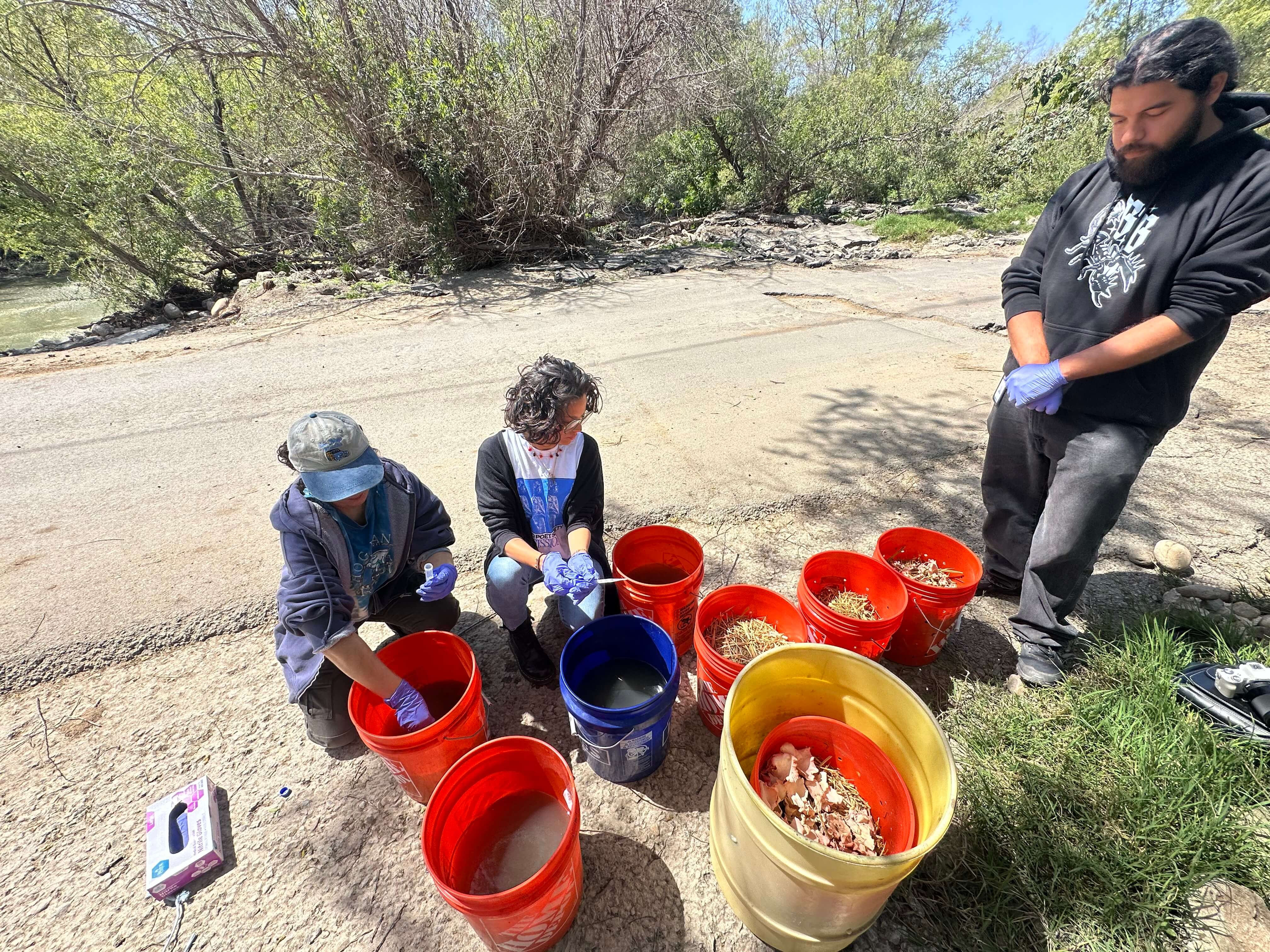
Mycoremediation
Healing the Earth with Mushrooms
What is Mycoremediation?
Mycoremediation is a natural and sustainable method that uses fungi to clean up environmental pollutants. The word combines "myco" (fungi) with "remediation" (the process of correcting something that's harmful).
At MushLoon, we're passionate about harnessing the transformative power of mushrooms not only for health and wellness but also to heal our environment. Fungi possess unique enzymatic capabilities that allow them to break down a wide range of pollutants, from petroleum hydrocarbons to pesticides and even heavy metals.
How Mycoremediation Works

The Power of Mycelium
Mycelium, known as the roots of fungi, produces powerful enzymes that can break down complex molecules into simpler, less harmful compounds. This process is similar to how fungi decompose wood and other organic matter in nature.
Different mushroom species have evolved unique enzymatic abilities to break down specific types of compounds. For example, oyster mushrooms (Pleurotus ostreatus) are particularly effective at breaking down petroleum hydrocarbons and removing E. coli from water, while Turkey Tail (Trametes versicolor) excels at breaking down complex organic pollutants.

Mycofiltration and Bioremediation
Mycofiltration uses mycelium to filter water, removing contaminants such as E. coli, heavy metals, and agricultural runoff. The mycelium acts both as a physical filter and as a biological treatment system that breaks down pollutants.
For soil remediation, inoculated substrates can be introduced to contaminated areas, allowing the mycelium to populate and begin the breakdown process. This approach is particularly effective for oil spills, pesticide contamination, and industrial waste sites.
Our Tijuana River Initiative
MushLoon, in collaboration with S&S Friendly Ranch, is developing a large-scale mycoremediation program to address the ongoing pollution crisis in the Tijuana River. This innovative approach leverages waste material from our mushroom cultivation to create powerful bioremediation tools.

The Challenge
The Tijuana River faces severe contamination issues, including raw sewage, E. coli and other harmful bacteria, heavy metals, industrial pollutants, and solid waste. This pollution affects communities on both sides of the border and damages sensitive ecosystems.
Our Approach
Phase 1: Mycelium Production
- Primary production of mushrooms generating significant quantities of spent substrate
- Cultivation of key species proven effective for various pollutants
- Development of specialized inoculation methods for environmental applications
Phase 2: Implementation
- Installation of mycofiltration stations at key entry points
- Creation of tiered filtration systems using different fungal species
- Development of riverbank buffer zones to prevent pollutant migration
- Regular monitoring and replacement of substrate materials
Key Species
Pleurotus ostreatus
Oyster mushroom - Proven effective for E. coli removal and heavy metals
Trametes versicolor
Turkey tail - Excellent for breaking down complex organic pollutants
Stropharia rugosoannulata
Wine cap - Effective for bacterial filtration
Support Our Mission
Every Purchase Makes a Difference
$1 from every MushLoon purchase directly supports our MycoRx initiative—using spent oyster mushroom substrate to clean and revitalize the Tijuana River watershed.
Together, we're restoring the Tijuana River one mushroom at a time. When you choose MushLoon products, you're not just supporting your own wellness journey—you're actively contributing to environmental regeneration.
Shop ProductsThe Science Behind Mycoremediation
Proven Results
Scientific studies have demonstrated the remarkable effectiveness of fungi in environmental cleanup. For example, research has shown that Pleurotus ostreatus can remove 99.25% of E. coli from contaminated water within 96 hours.
White-rot fungi like oyster mushrooms and turkey tail produce lignin-modifying enzymes that can break down a wide variety of pollutants with chemical structures similar to lignin, including petroleum hydrocarbons, pesticides, and industrial chemicals.
Applications Beyond Water
Beyond water filtration, mycoremediation has shown promise in cleaning up oil spills, restoring fire-damaged soils, and even breaking down plastic waste and industrial toxins.
The versatility of fungi makes them valuable allies in addressing a wide range of environmental challenges, from local contamination issues to large-scale ecological restoration projects.
Why Our Approach is Unique
Integrated Production
Our mycoremediation initiatives are integrated with our performance mushroom production, creating a circular system where "waste" from one process becomes a valuable input for environmental healing.
Community Engagement
We involve local communities in our remediation efforts through education, volunteer opportunities, and collaborative projects, creating a model that can be replicated in other regions.
Research Partnership
We seek to collaborate with universities and research institutions to continuously improve our methods and document the effectiveness of our approaches, contributing to the growing field of mycoremediation.
Partner With Us
Whether you're a landowner with contaminated soil, a community group concerned about water quality, or a researcher interested in collaboration, we'd love to hear from you.
Contact Us